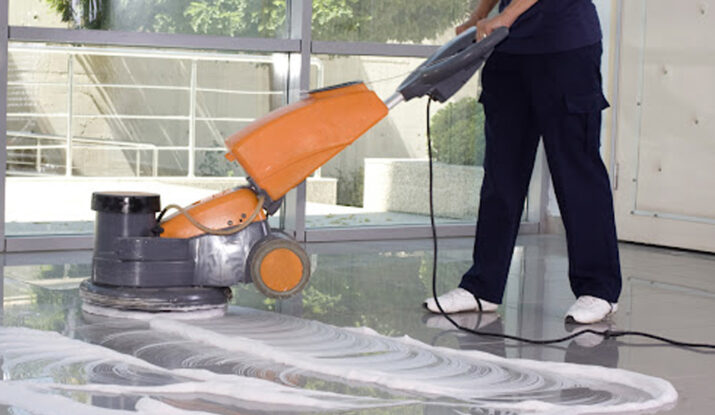Keeping your living area neat and organized is essential for your comfort and well-being. But different cleaning jobs call for different strategies. Deep cleaning and end-of-tenancy cleaning are two popular, yet sometimes misunderstood, cleaning services. Despite their similarities, they have diverse functions and involve separate processes. The distinctions between the two will be explained in this post to help you understand when and why each is required.
Deep cleaning
Objective
The goal of deep cleaning is to thoroughly clean a home in order to get rid of all filth, grime, and accumulation. Deep cleaning focuses on areas that are frequently overlooked in regular cleaning schedules, as opposed to regular cleaning, which upholds general cleanliness.
Frequency
Regular cleaning is carried out more frequently than deep cleaning. Usually, it’s done once every six months to a year, or more frequently if necessary, like before a big event or following a very untidy time like after renovations.
Advantages
- Improves the quality of indoor air by eliminating dust and allergies.
- Prevents accumulation, extending the life of appliances and furniture.
- Get rid of bacteria and germs to make the living environment better.
End of tenancy cleaning
Purpose
The purpose of end-of-tenancy cleaning, sometimes referred to as move-out or exit cleaning, is to provide a specialized cleaning service that is necessary when a tenant vacates a rental property. In order to guarantee the return of the tenant’s deposit and to get the place ready for the next tenant, its main objective is to restore the property to its original state.
Frequency
A one-time service offered after a rental term is end-of-tenancy cleaning. It is necessary for the tenant to carry out their responsibilities and is frequently specified in rental agreements.
Advantages
- Guarantees the security deposit’s return.
- Makes the flat easier to move into for the incoming renter by keeping it tidy and sanitary.
- Aids in preserving the quality and value of the property.
Key differences
Objectives
Deep cleaning: This type of cleaning focuses on improving the living environment’s hygienic conditions for the current residents.
End of tenancy cleaning: Purposes to satisfy agency or landlord requirements and return the property to immaculate condition for incoming tenants.
Timing
Deep cleaning: Usually done once a year or twice a year, but sometimes during occupation.
End of tenancy cleaning: Once, after a tenancy.
Responsibility
Deep cleaning: Usually performed as part of a more extensive maintenance schedule, this is the tenant’s or homeowner’s obligation.
End of tenancy cleaning: This is usually the tenant’s job. They must make sure they leave the property in the condition specified in the lease.
Conclusion
Although they are both meticulous and precise, deep cleaning and end-of-tenancy cleaning have different goals and are done at separate times. While end-of-tenancy cleaning makes sure a home is in perfect shape for new tenants, satisfying contractual requirements and protecting deposits, deep cleaning seeks to improve living circumstances for current inhabitants. By being aware of these distinctions, you may choose the service you require and when you need it, keep your home tidy and well-maintained.

